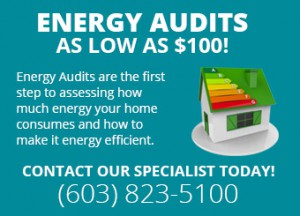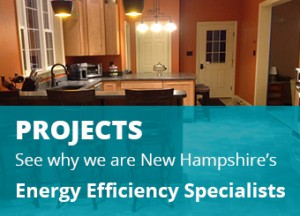Before you add renewables
Are you confident in your knowledge of renewable energy options for new and remodeled homes?
I ask this question because I meet people who are building or remodeling and are very excited to incorporate geo-thermal heat, which qualifies them for a 30% tax credit. What isn’t well understood, though, is that it isn’t enough to install geo-thermal heat or another renewable energy source and think that’s all that needs to be done. You will have a warmer home in winter and a cooler home in summer, as well as achieve significant savings, by following EPA Energy Star construction guidelines during your building or remodeling project. And, along with a more comfortable home, adhering to Energy Star guidelines makes you eligible for a $4,500 rebate from your utility company.
Another misconception is that energy efficient construction results in a house that is “too tight” and “doesn’t breathe.” Homes built to EPA Energy Star standards are designed to eliminate drafts — and don’t we all want that — as well as provide proper ventilation.
Current technology can control and improve air quality in an energy efficient home, both new and remodeled. An air exchanger or HRV (heat recovery ventilator) removes stale air from the home every 15, 30 or 60 minutes each hour, bringing in fresh air to replace the stale air. The benefits can be profound for families with allergies or other breathing problems.
To achieve the best results — energy savings, plus the comfort factor — when thinking about building a new home or making improvements to an existing home, don’t hesitate to ask your builder or the salesperson who is promoting solar, geo-thermal or new windows, “What else could I be doing to make the proposed improvements even more beneficial.”




 Tortorice's Tips are written and republished by Bob Tortorice, our owner and head contractor. Bob Tortorice has more than 35 years of experience in residential and commercial construction and shares his knowledge through his monthly article.
Tortorice's Tips are written and republished by Bob Tortorice, our owner and head contractor. Bob Tortorice has more than 35 years of experience in residential and commercial construction and shares his knowledge through his monthly article.